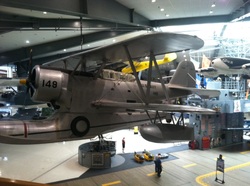
The photo is of a Duck, an amphibious aircraft that can land in water. A plane such as this rescued Hugh Barr Miller Jr. from his hellish existence after 43 days on Arundel Island, thanks to pilot Goodwin Luck. We made some amazing connections to history with this visit today. Visit if you can, it's FREE and a truly educational experience with some beautiful and amazing flying machines.
Tammi
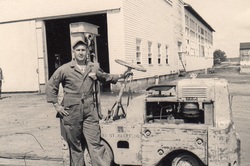
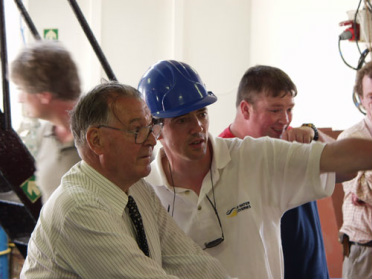

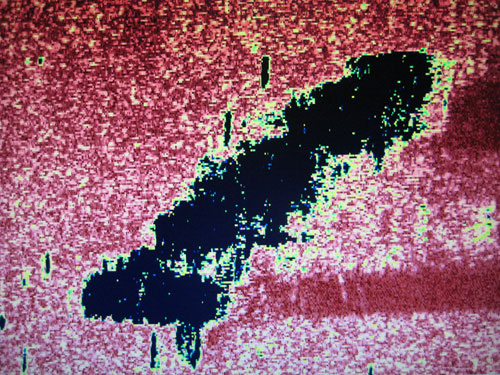
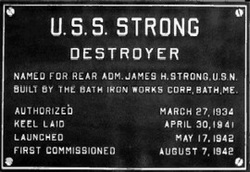
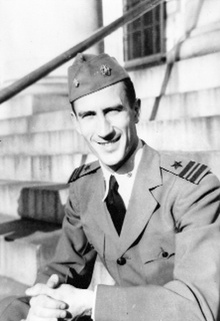
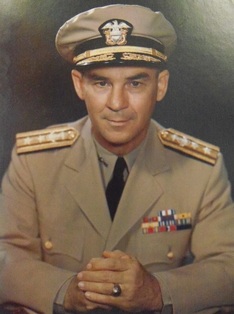
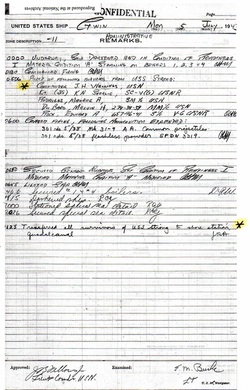
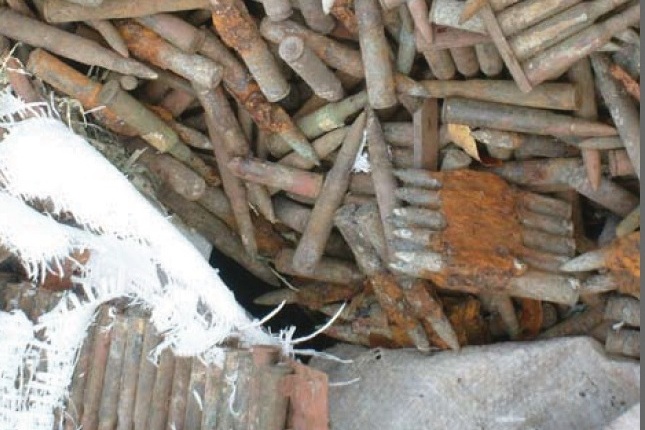

 RSS Feed
RSS Feed